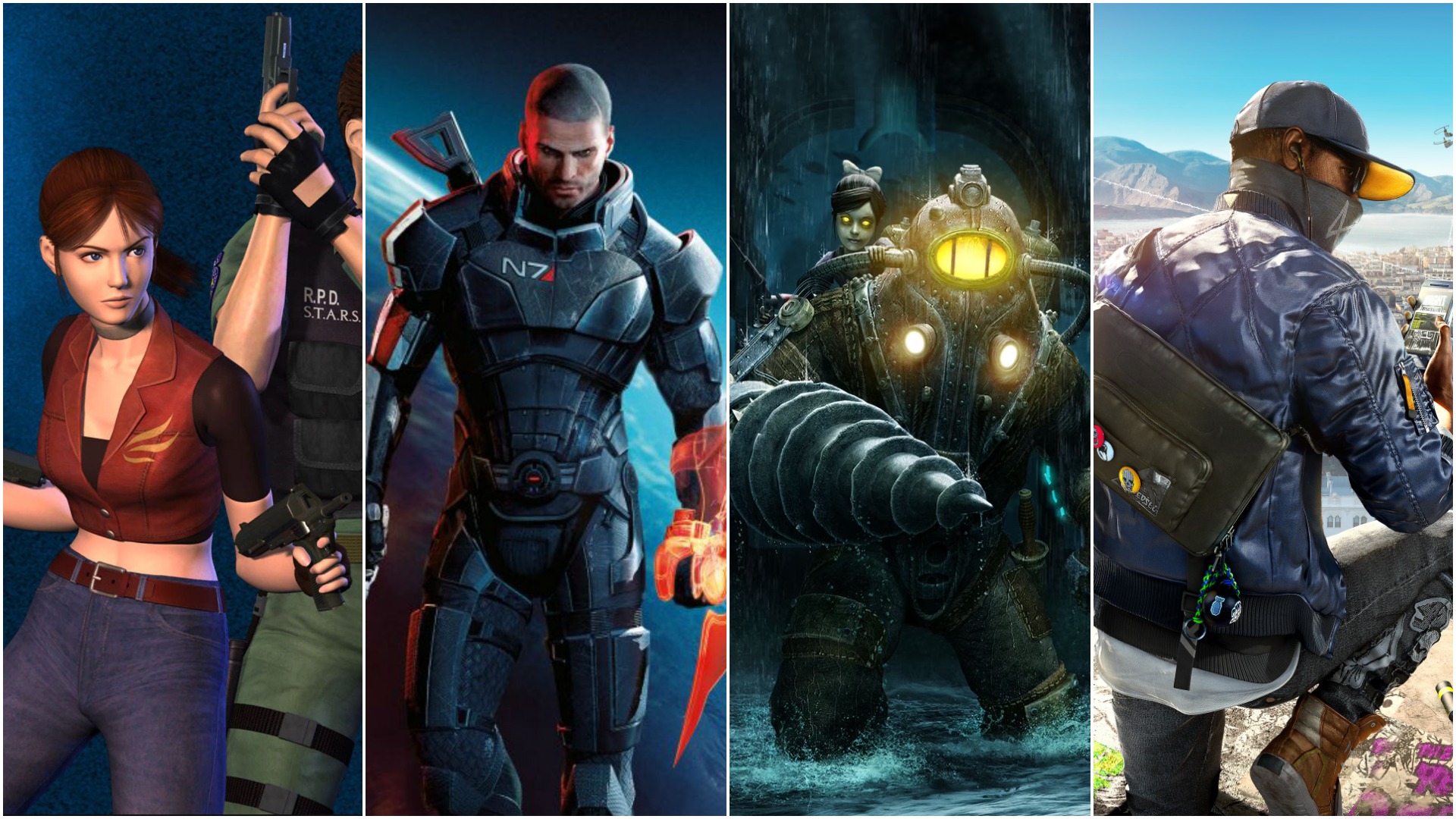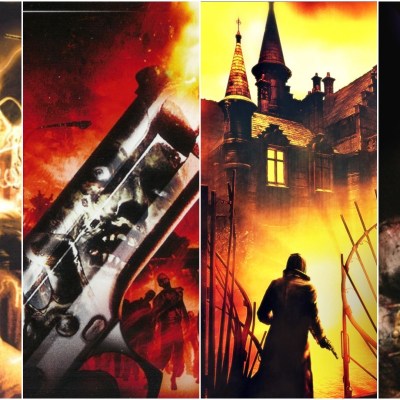Generally speaking, video game sequels fare better than sequels in other mediums. Video games may be art, but they’re also technology. As technology improves and offers developers new ways to expand upon their old ideas (or explore new ones), video game sequels often show us how far we’ve come. It’s honestly not uncommon for a video game sequel to be substantially better than its predecessor.
For as celebrated as video game sequels often are, though, it’s not uncommon for one to fly under the radar. From very good games that had the misfortune of following beloved classics to great games that improved really bad ones that managed to stain the series’ name, there’s no shortage of reasons why a video game sequel may go overlooked or underappreciated. The one thing every underrated sequel shares is that they deserve a legacy of their own.
Before you check out our selections, take a look at a few of the rules and criteria we used to help whittle this topic down to 25 entries:
- There are many things that make a game underrated, but the two most important factors were low sales, low critic/user review scores, or a combination of both. Beyond that, additional factors like a game’s general reputation, how often it is (or isn’t) talked about, and its quality relative to other (more famous) entries in the same franchises were considered. Obviously, the final decisions came down to judgment calls.
- For the purposes of this list, a “sequel” is considered to be a game in a franchise/series/timeline that didn’t start that franchise/series/timeline. That means that chronological prequels were eligible for this list. Spin-offs were also considered if they directly related to a previous game in a franchise in a direct enough way. Reboots were briefly considered, though many did not match the sequel criteria closely enough.
- There is a one entry per franchise rule in place for this list, though there were ultimately very few series that had a significant number of underrated sequels.
With that out of the way, here are 25 underrated sequels you may have not had the privilege to play.

25. Mafia 3
Mafia and Mafia 2 aren’t universally beloved classics, but many still find time to praise those titles for their retro gangster settings and slightly more restricted gameplay that offered a tighter alternative to so many GTA clones. Mafia 3, however, proved to be pretty divisive, with much of the criticism directed towards the game rightfully reserved for its attempts to utilize a fairly generic style of open-world gameplay. Most of those criticisms are valid.
Yet, Mafia 3’s slightly more generic style of gameplay does little to diminish the impact of its amazing characters, setting, and plot. By exploring the rarely explored world of 1968 New Orleans (New Bordeaux in the game), Mafia 3 was able to offer a different kind of crime game story that balanced the intimate reasons people turn to a life of crime with an elaborate government conspiracy plot. The gameplay should have been better, but it’s definitely good enough to justify experiencing this game’s amazing story. – Matthew Byrd
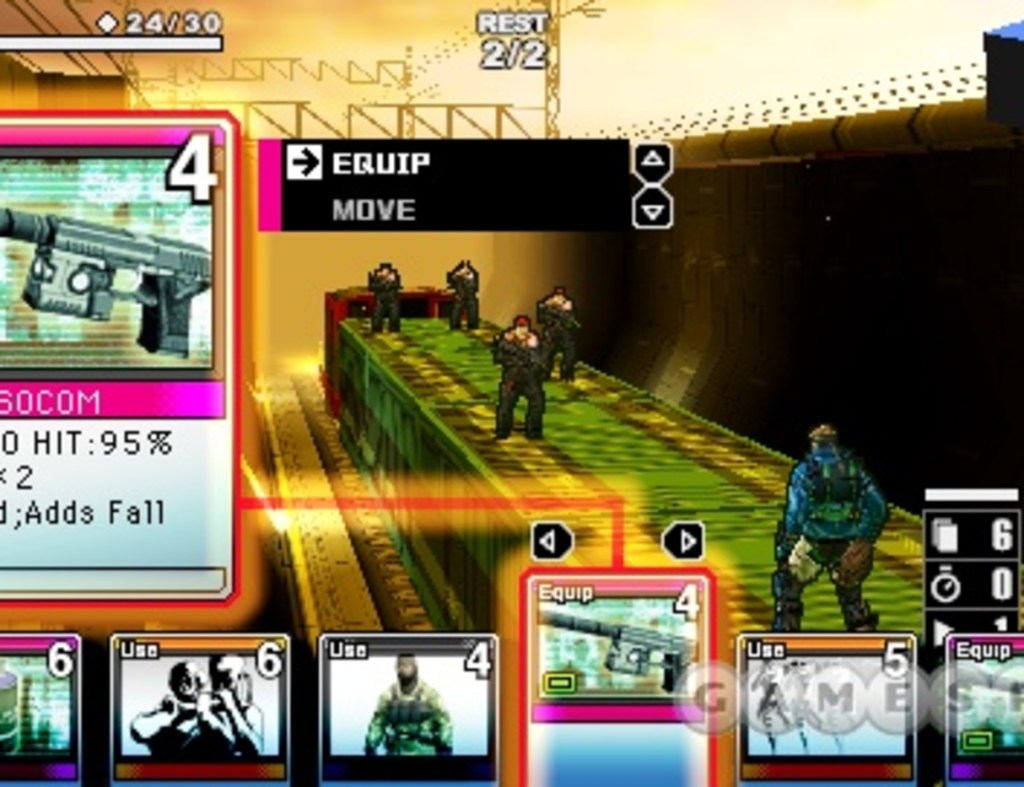
24. Metal Gear Acid 2
Metal Gear Acid was a good game, but the title’s generic visuals and work-in-progress card-based strategy gameplay turned a lot of PSP players off. Unfortunately, that game’s struggles and generally strange premise meant that a lot of people never really gave Metal Gear Acid 2 the shot it very much deserved.
If you can get past the hurdle of playing a Metal Gear strategy game based around collectible card combat, you’ll find that Metal Gear Acid 2 offers a far more refined version of that basic concept than its predecessor did. Even better, it features some truly lovely cel-shaded graphics that really capture the fun and absurd sides of the series while fitting the gameplay like a glove. This game deserves a lot of love and a wider modern release, but, since it’s Konami we’re talking about, it will almost certainly never get either. – MB

23. Resistance 3
After Microsoft rocked the FPS world with Halo, almost every game publisher wanted to produce their own Halo-killer. For Sony, that was the Resistance: Fall of Man franchise (with the Killzone series also taking a shot at the genre crown). The first game was reviewed fairly well, but its sequel, Resistance 2, added many changes players didn’t like, such as regenerating health and a two-weapon limit. This likely fed into the final entry’s dismal sales numbers, which is a shame since Resistance 3 is arguably the best in the series.
Unlike other entries in the Resistance series, Resistance 3 isn’t a purely military story all about fighting invading aliens. The game also has more human elements, such as how survivors are…well, surviving a post-apocalyptic world. Plus, Resistance 3 drops the controversial changes to Resistance 2 and adds in a weapon leveling system that encourages experimentation. Resistance 3 essentially killed the Resistance franchise when, in a just world, it should have saved it. – Aaron Greenbaum
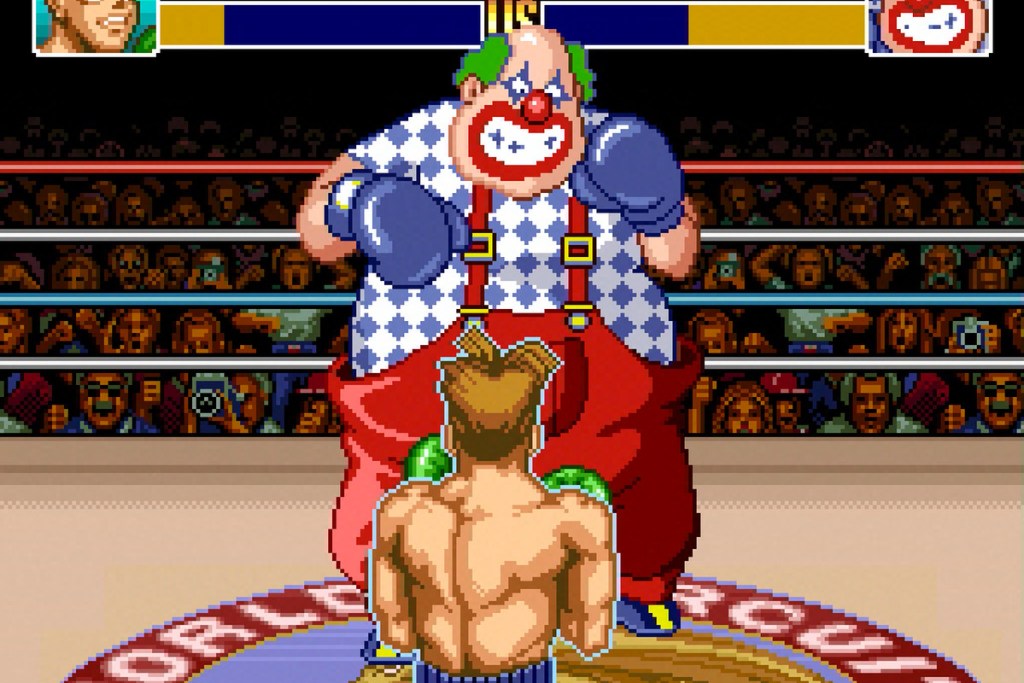
22. Super Punch-Out
The original Punch-Out is one of those games that transcends genre, interests, and preferences. Many gamers of that era have fond memories of that punishingly difficult title regardless of whether they liked boxing or even other sports games. While 1994’s Super-Punch Out should have had the luxury of simpling offering a better looking, better playing version of its predecessor as so many great SNES titles did, the title was largely met with a mechanical form of praise and much indifference.
You could certainly argue that Super Punch-Out lacks the charm of its predecessor, but it is a significantly more enjoyable and more rewarding game from a gameplay perspective. It’s that rare “arcade” sports title that taps into the pure appeal of its sport in a way that anyone can appreciate. If you’ve never played it or haven’t played it in a while, it’s time to give this one a go. – MB
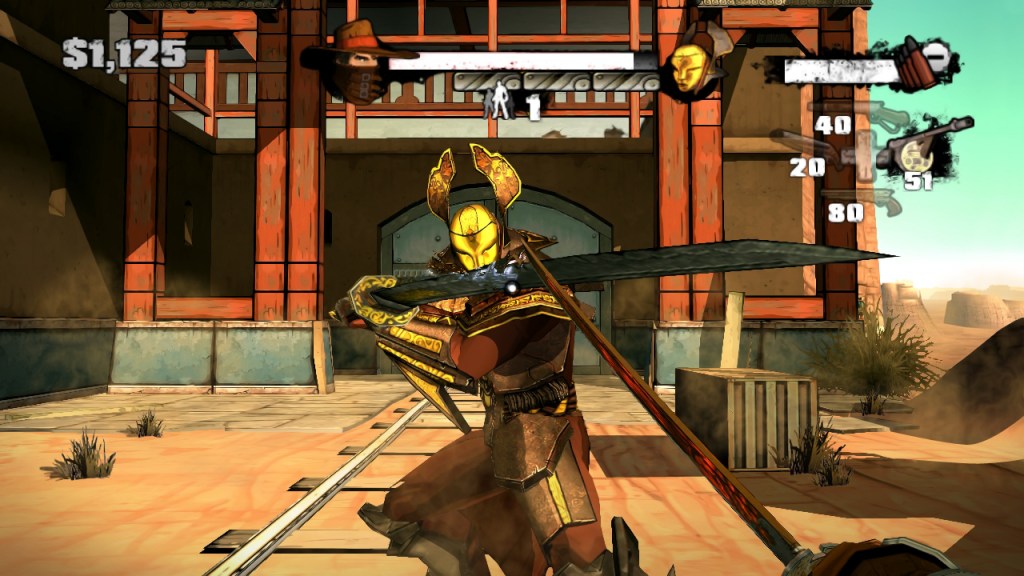
21. Red Steel 2
While many sequels end up with the “underrated” tag because they were tasked with following some kind of masterpiece, Red Steel 2 has the opposite problem. Simply put, the original Red Steel was a nightmare combination of good ideas, great intentions, and terrible design. It was supposed to be a samurai epic that showcased the Wii’s potential for one-of-a-kind action experiences. It turned out to be a glorified tech demo that barely worked most of the time.
Red Steel 2 not only improves the original’s technical issues (though those still pop up from time to time), it manages to offer a series of stunning action set pieces that rank high among the best of their era. A substantial improvement over its predecessor in every conceivable way, this samurai western should have carved a legacy of its own. Instead, it drastically underperformed and still lives in the shadow of its predecessor in a different kind of way. – MB

20. Final Fantasy XIII-2
Square Enix expected big things from Final Fantasy XIII, including universal praise. Instead, players criticized the game’s story, combat system, and linearity. Unfazed, Square tried to win back audiences by listening to feedback, but things didn’t exactly go according to plan.
Final Fantasy XIII-2 is one of the rare direct sequels in Final Fantasy’s library. It picks up pretty much where Final Fantasy XIII leaves off, albeit via a time travel-induced retcon. The game’s producer Yoshinori Kitase promised side quests and an open world inspired by Red Dead Redemption (via Edge Magazine), and true to his word, Final Fantasy XIII-2 improved many of Final Fantasy XIII’s problems. However, XIII-2 only sold about half as many copies as XIII. Final Fantasy XIII-2 demonstrates that a bad product can poison any potential hype for a sequel, no matter how much it improves on its predecessor. – AG
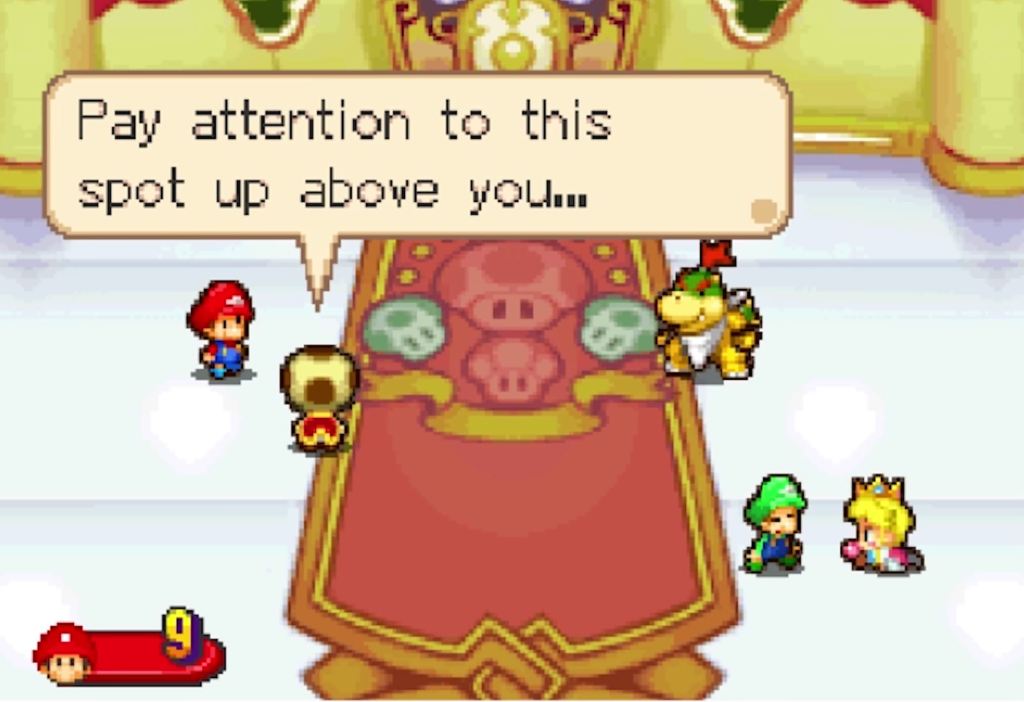
19. Mario & Luigi: Partners in Time
Generally speaking, developer AlphaDream’s Mario RPGs tend to be a little underrated. What they lack in genre depth, they more than make up for in charm, fun, and some of the best humor you’ll ever find in a video game. Yet, 2005’s Partners in Time has to be considered the studios’ most underrated Mario RPG adventure. It’s even the only one of the three that wasn’t remade for the Nintendo 3DS. As producer Akira Otani notes, that’s mostly because it’s the one that just didn’t seem to catch on in the way that their other titles did.
That’s a shame, because this is a truly fantastic title that is in desperate need of a remake, remaster, or simple re-release. Developer AlphaDream’s use of time travel concepts greatly enhances both the stellar basic gameplay featured in Mario & Luigi: Superstar Saga and the title’s bizarre story that co-stars the baby versions of Mario and Luigi. It’s a simple game, but when has that ever been an inherently bad thing? – MB
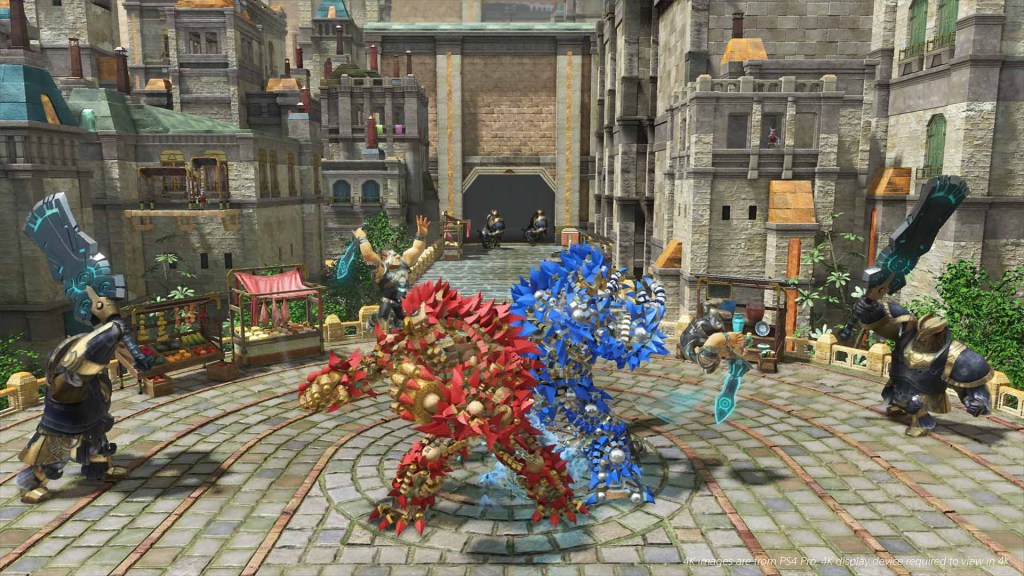
18. Knack 2
When Sony released the PlayStation 4, it used the console to jumpstart what they hoped would become the Knack franchise. The game was envisioned as “Crash Bandicoot for the PS4,” but it fell short of that lofty goal. The game was criticized for its repetitive combat and lack of innovation. Few expected it to receive a sequel.
Yet, Knack 2 is generally considered to be significantly better than its predecessor. Reviews mentioned improvements in combat, gameplay variety, and pacing. The general gist is that while Knack 2 won’t blow anyone away, it mostly captures the wonder and charm of retro platformers. Unfortunately, those improvements didn’t translate to sales. According to the outlets Famitsu and Dengeki, Knack 2 didn’t even sell 1% of the first game. To be fair, that game had the unfair advantage of being bundled with the PS4. – AG
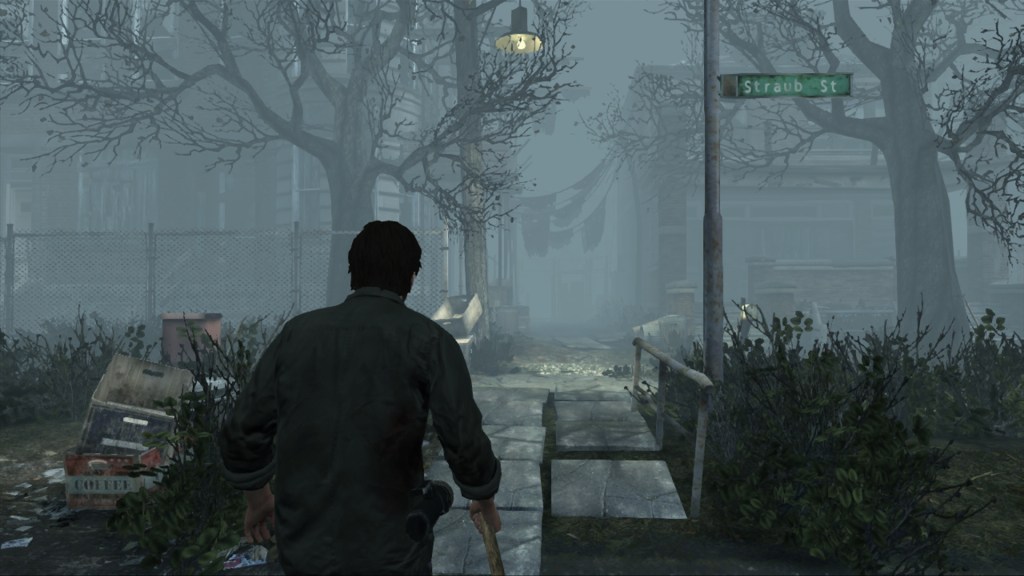
17. Silent Hill: Downpour
With the exception of Silent Hill: Shattered Memories, every Silent Hill game released after Silent Hill 4: The Room (which is honestly somewhat underrated as well) is, at best, a real mixed bag. Yet, it really must be said that even some of the worst Silent Hill games had some truly great ideas. A few of those games were even on the verge of greatness and just didn’t quite get to that next level. Few Silent Hill sequels tease “what could have been” more memorably than Silent Hill: Downpour.
Actually, Downpour’s use of a dynamic weather system that changes the appearance rate and aggressiveness of certain monsters (and often plays tricks on your eyes) makes it one of the most effectively scary Silent Hill titles in terms of atmosphere. It also features a delightfully twisted story that makes excellent use of its protagonist’s (an escaped convict) crumbling mental state and mysterious backstory. Sure, its gameplay can be dull (even by Silent Hill standards), but it’s strange to me that this one is so often lumped in with the truly terrible Silent Hill sequels. – MB
Read more
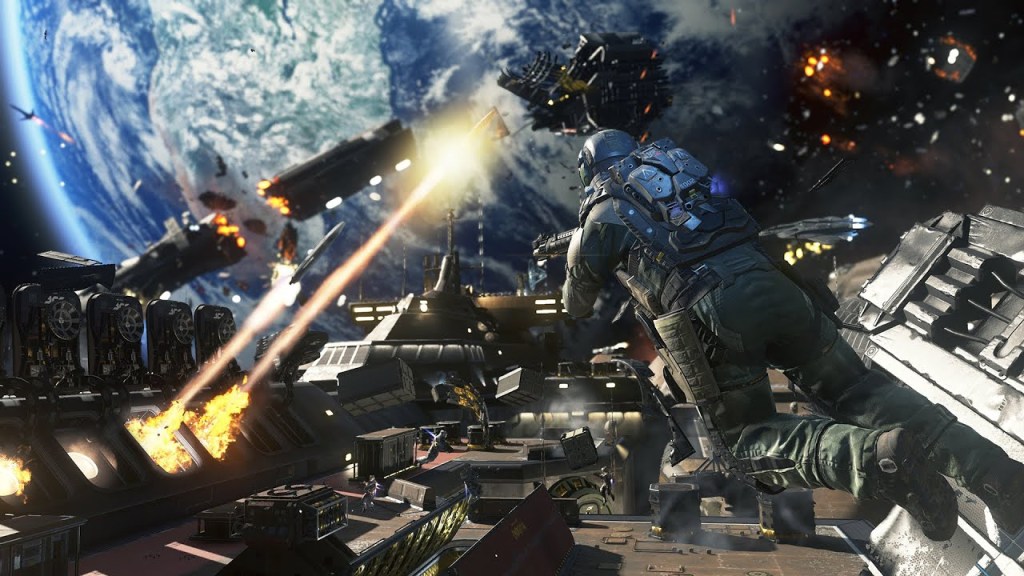
16. Call of Duty: Infinite Warfare
In 2016, the trailer for Call of Duty: Infinite Warfare became the most disliked gaming video in YouTube history (up until that point). There were many reasons for the sudden and widespread blowback. Some disliked the trailer itself, some were tired of the franchise in general at that point, and a lot of people felt that “Call of Duty in space” was as desperate of a move as nearly every other “X franchise goes to space” project in entertainment history. It was a game a lot of people were ready to hate.
Yet, those who played Call of Duty: Infinite Warfare found what is quite simply one of the best campaigns in Call of Duty history. Developer Infinity Ward was clearly excited by the series’ pivot into full sci-fi and used that genre transition as a welcome excuse to craft a heartfelt, pulse-pounding, and truly creative story the likes of which we don’t typically expect from even the best CoD titles. The game’s multiplayer will obviously not appeal to franchise purists, but it’s way past time for this game to be freed of the reputation caused by its overwhelmingly negative reception. – MB
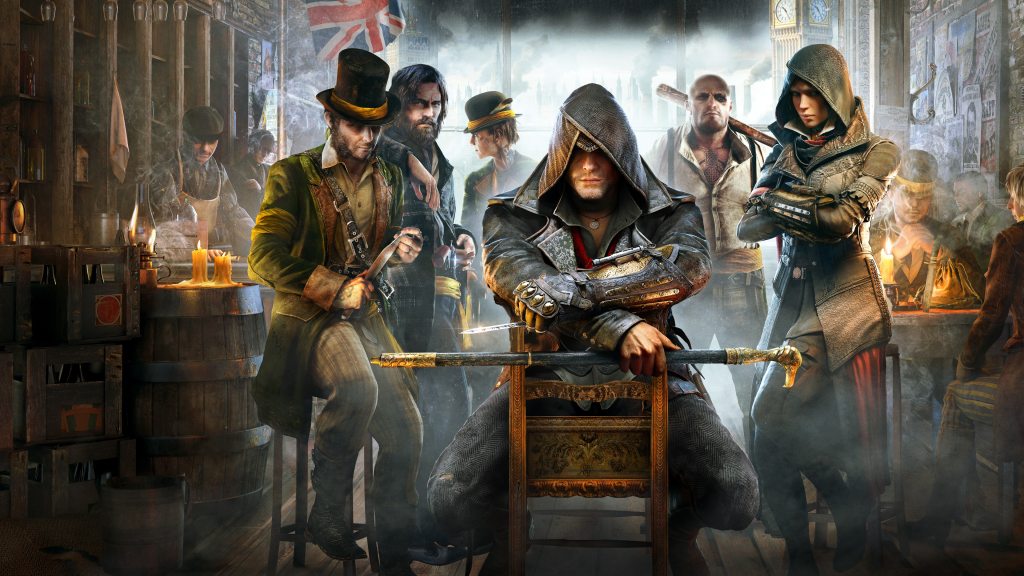
15. Assassin’s Creed Syndicate
Around a decade ago, the Assassin’s Creed franchise was at its peak. Most players loved Assassin’s Creed IV: Black Flag and looked forward to what they hoped would be its amazing sequel. Instead, they got the buggy Assassin’s Creed Unity, which derailed all hype for future titles regardless of their actual quality.
During an investor call, Ubisoft representatives claimed that Assassin’s Creed Syndicate’s sales suffered due to Assassin’s Creed Unity’s litany of bugs. To this day, Syndicate is one of the worst-selling entries in the franchise. However, according to reviews, the game learned from Unity’s mistakes. Not only did Syndicate ship with far fewer bugs, but reviews praised the game’s main characters and how they provide a dichotomy of personalities and gameplay styles. While Assassin’s Creed Syndicate deserved far better than it received, if it had, Ubisoft might never have tried to revitalize the franchise and may still be releasing annualized sequels. – AG
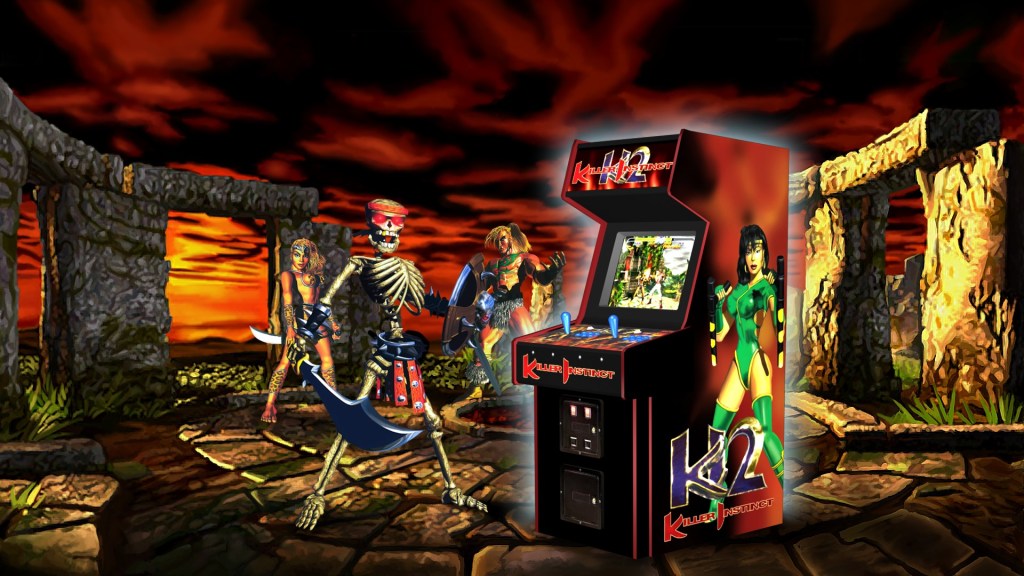
14. Killer Instinct 2
Killer Instinct, like many fighting games before it, was developed to challenge the champions of the genre and capitalize on their appeal. Though released against some considerable competition, that game still achieved commercial and financial success thanks to its fluid combat and unique mechanics like combo breakers and a double health bar system. A sequel, Killer Instinct 2, was quickly greenlit but ended up burying the franchise for almost two decades.
Despite improving on the original, Killer Instinct 2 suffered from one fatal flaw: it was exclusive to arcade cabinets. The game was eventually ported to the Nintendo 64 as Killer Instinct Gold, which, while arguably superior to Killer Instinct 2, just never really found an audience and was usually judged unfavorably compared to the surprise hit original. While not the best fighter of its era, this game deserved the kind of following that some lesser fighting games eventually enjoyed. – AG
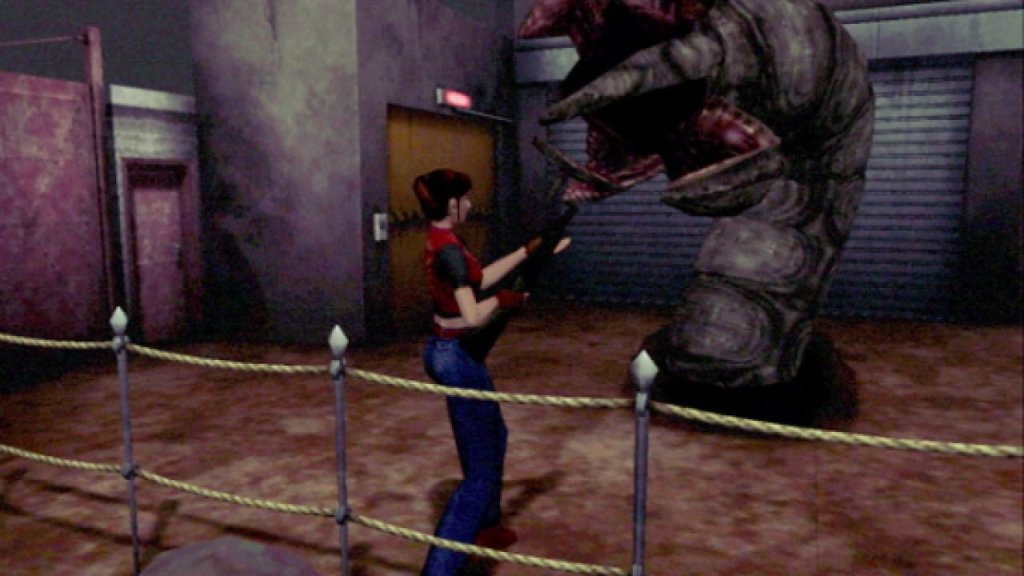
13. Resident Evil: Code Veronica
The first three Resident Evil games helped establish a new era of horror gaming. Resident Evil 4 pushed the genre forward yet again with its more cinematic style and action-oriented horror gameplay. Somewhere between those two eras lies Resident Evil: Code Veronica.
When Code: Veronica was released, many critics and players praised the game’s stunning visuals and great scares. Even Code Veronica‘s controls drew acclaim for maintaining the spirit of survival horror “tank controls” while introducing necessary refinements. So why is Code Veronica underrated? Well, it’s mostly due to the sales struggles of the platform that helped make it so impressive. The game boasted the franchise’s first 3D environments and dynamic lighting because it was initially released on the Dreamcast: the platform that killed Sega’s console business. Despite its obvious quality, Resident Evil – Code: Veronica is the worst-selling non-spinoff or remake in the series. Too few got to play it at a time when it felt fresh, and it now seems like the relic of an era not everyone loves. – AG

12. NieR
The original NieR is a spin-off of the Drakengard series that takes place after that game’s “E” ending, which technically makes it a sequel despite the existence of Drakengard 2. On release, reviewers criticized NieR’s visuals, but almost everyone loved its story and soundscape. Unfortunately, few gamers got to witness these aspects since the game’s director, Yoko Taro, believes it only sold around 500,000 copies worldwide.
While the original version of NieR is underrated, the same can’t be said for its remake, NieR Replicant ver.1.22474487139… In only two months, the remake had doubled the original version’s lifetime sales. It’s always been bizarre that NieR is so closely related to other projects that either sold better or received more widespread acclaim in their time, but NieR remains this often overlooked title that is still in search of a legacy other than “underrated.” – AG
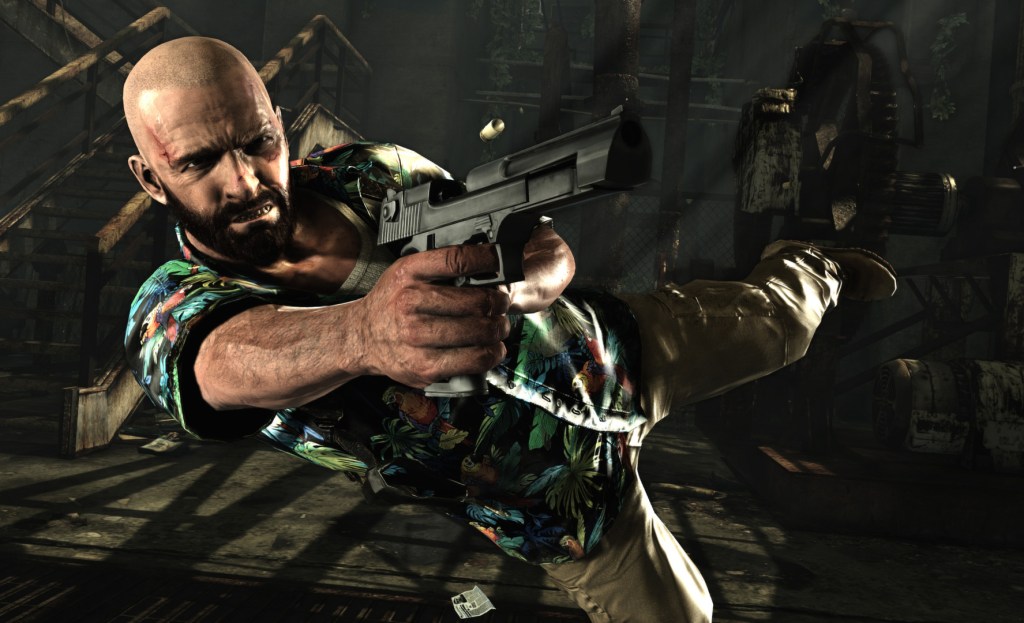
11. Max Payne 3
Truth be told, I am one of the many who don’t like Max Payne 3 nearly as much as the original Max Payne games. Developer Remedy Entertainment touched upon something with the first two Max Payne games that few other action games (even the Rockstar-developed third entry in the franchise) have failed to replicate. Yet, I still feel like there are fans who outright hate this game simply because it is different than what came before.
If you’re able to view Max Payne 3 on its own merits, you’ll likely find that it is a simply exceptional action game the likes of which I’d love to see more of these days. Elements of Max Payne 3’s more grounded story and gameplay tweaks certainly could have been done better, but this is still an intense pure shooter that offers a fantastic series of set pieces inspired by some truly great noir/action films. Even its multiplayer was surprisingly enjoyable. – MB
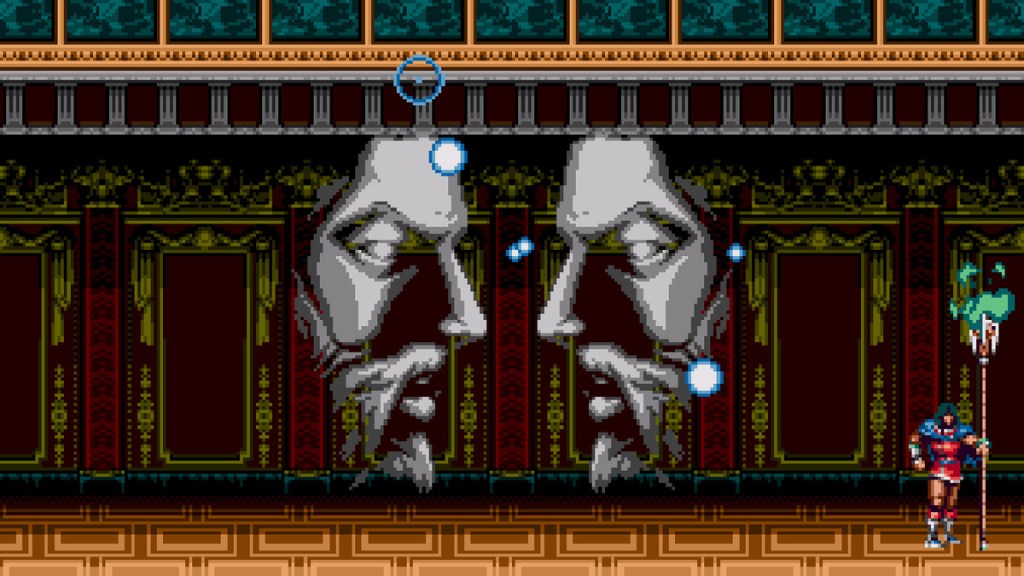
10. Castlevania: Bloodlines
Castlevania: Bloodlines had a lot working against it. Released between the beloved Super Castlevania 4 and the revolutionary Symphony of the Night, Bloodlines‘ throwback NES gameplay was seen as a step back by fans of the former game and positively archaic by fans of the latter. It also features a strange globe-trotting plotline that took some serious liberties with the Castlevania mythology. On top of all that, Bloodlines was the only Castlevania game released for the Sega Genesis. It was just an oddity across the board.
Yet, Bloodlines really is the hidden gem of the incredible Castlevania series. Its soundtrack is stunning, its levels are amazing, its enemy designs are some of the series’ best, and Eric’s spear needs to be in more Castlevania games. It’s also weirdly refreshing to play such a well-done classic Castlevania game in a post-Symphony of the Night world where so many of the franchise’s entries felt the need to mimic that classic’s formula. – MB
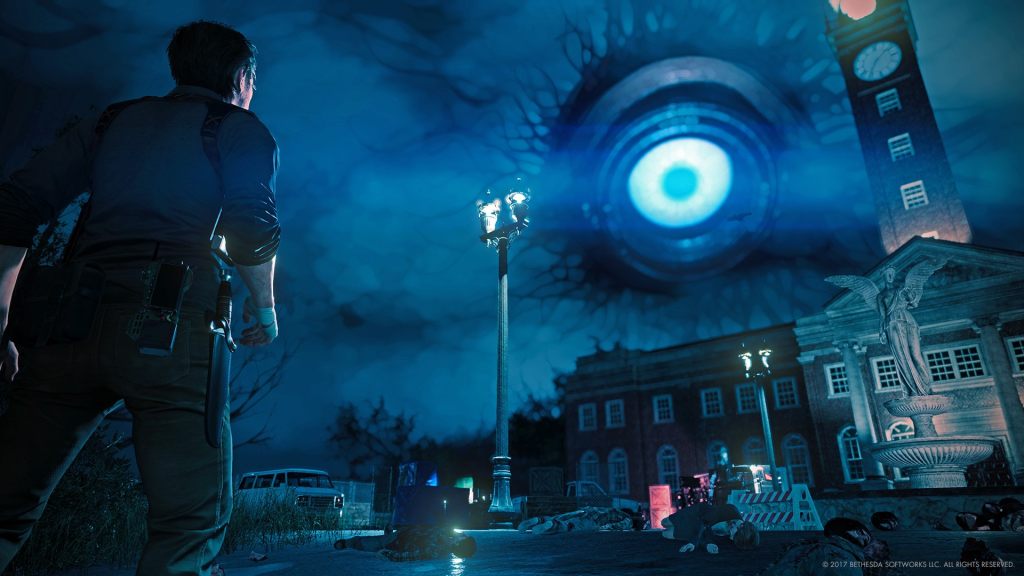
9. The Evil Within 2
While not a bad game by any means, 2014’s The Evil Within proved to be a relatively simple title. Resident Evil director Shinji Mikami’s much-hyped return to horror gaming was certainly scary, but its linear gameplay and weak storytelling felt like throwbacks in the worst ways possible. For The Evil Within 2, director John Johanas and his team tried to significantly expand the original game’s best ideas by offering a large world to explore, a deeper narrative, and a slew of additional gameplay mechanics.
While The Evil Within 2 ultimately suffers from trying to do too much, the things that work in this game make it one of the best horror experiences…well..ever. There are scenes in this game that rank high among the very best horror set-pieces ever imagined, and the moments when the title’s “large-world” horror structure actually works contribute to the kinds of gameplay moments you simply can’t find anywhere else. This game’s brilliance isn’t constant, but you don’t have to look hard to see what makes this one special. – MB
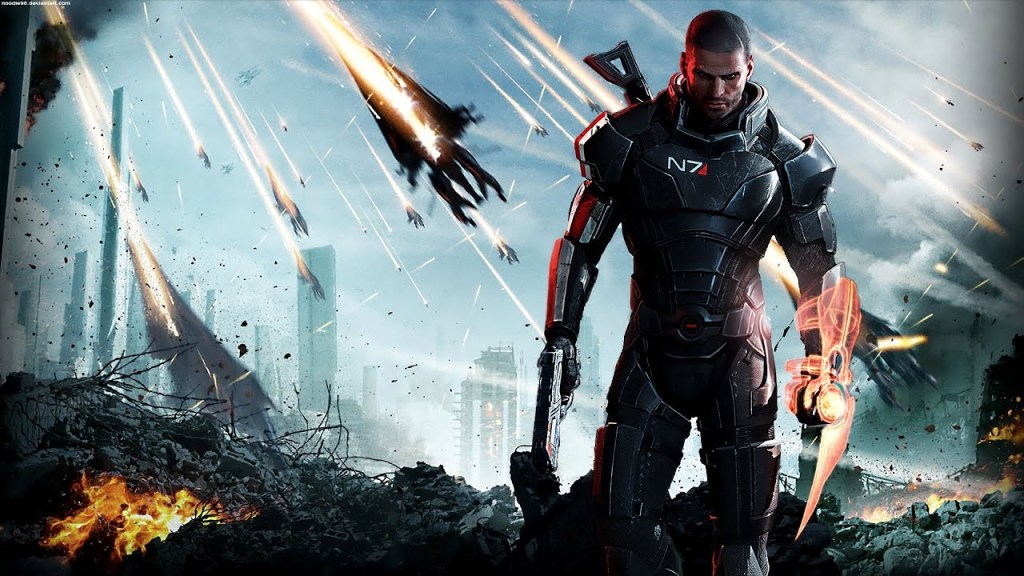
8. Mass Effect 3
Many gamers consider Mass Effect 2 as BioWare’s magnum opus and one of the best video games of all time. The game is so good that, when it came time to produce a sequel, few people thought BioWare could top it. Many still believe they were right.
Mass Effect 3 was the culmination of the Mass Effect franchise. Every decision was supposed to play a part in the climactic finale, but instead, the ending boils down to late-game choices represented by the colors red, blue, or green. Players hated the result, and even the game’s developers were divided. But does falling at the finish line diminish the rest of the game? Not exactly. The game is still a fantastic experience filled with punchy combat and memorable characters. Its DLC is also phenomenal. Mass Effect 3 was a disappointing game, there is no denying that, but when everyone expects literal perfection, reality, no matter how good, can never measure up. – AG
Read more
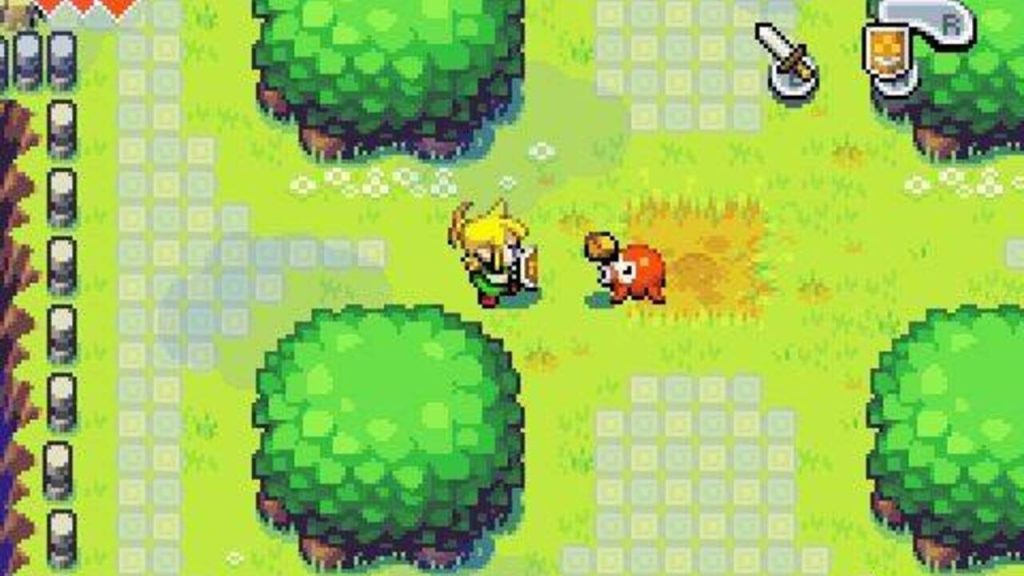
7. The Legend of Zelda: The Minish Cap
There are times when you have to remind yourself that Minish Cap wasn’t a hit. Though critically acclaimed (mostly) upon its 2004 release for the Game Boy Advance, Minish Cap ended up becoming one of the worst-selling Zelda titles ever. Maybe the game was released just a little too close to the debut of the Nintendo DS. Maybe it was just a little too different for a post-Wind Waker crowd that cried out for a darker Zelda game.
All I know is that The Minish Cap is one of the absolute best Zelda games ever made. It’s a charming, creative, and beautiful take on the Zelda franchise that made the most out of the odd premise that Link has the ability to shrink down to essentially the size of a bug. In a better world, there would be several Minish Cap-like Zelda games. Of course, it’s doubtful they could top this one. – MB
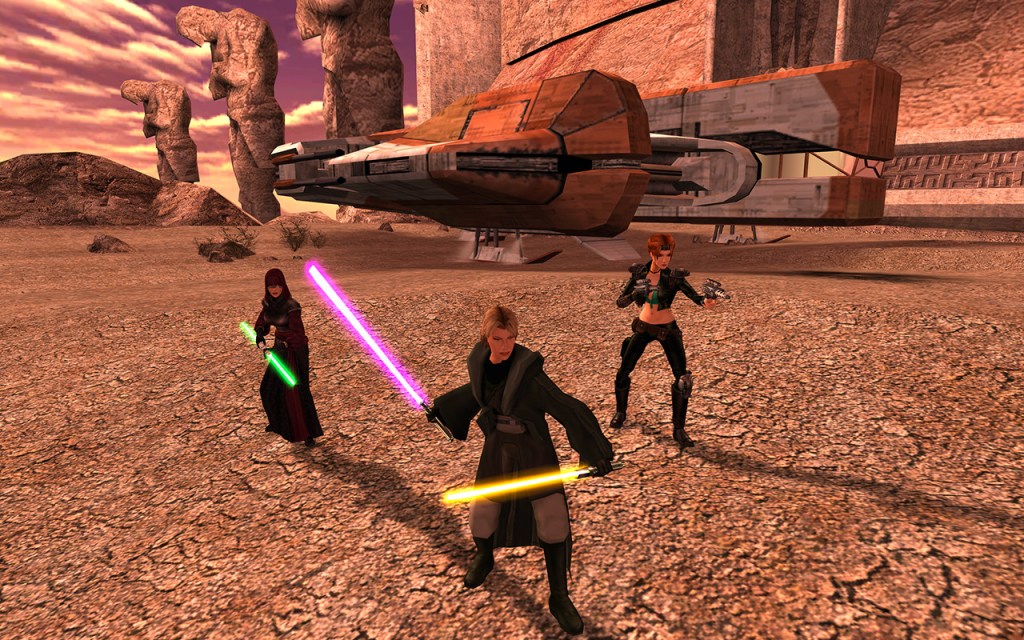
6. Star Wars Knights of the Old Republic II: The Sith Lords
To be fair, this game has received a lot of love in the years since its release and is generally respected by both RPG and Star Wars fans. Yet, I don’t know if this game will ever come close to getting the love it deserves for delivering one of the absolute best Star Wars stories ever told.
Phrases like “mature” and “morally complex” get tossed around a little too often, but The Sith Lords’ plot was essentially built around the idea that there is a notable grey area between KOTOR’s famous “light side/dark side” morality system. The Sith Lords captured the burdens and inherent dangers of the Jedi with its story of an aspiring force user grappling with a shaky moral compass that makes the right actions seem wrong and the wrong ones feel right. It’s a shame the game didn’t get a proper ending, but it remains a masterpiece. – MB
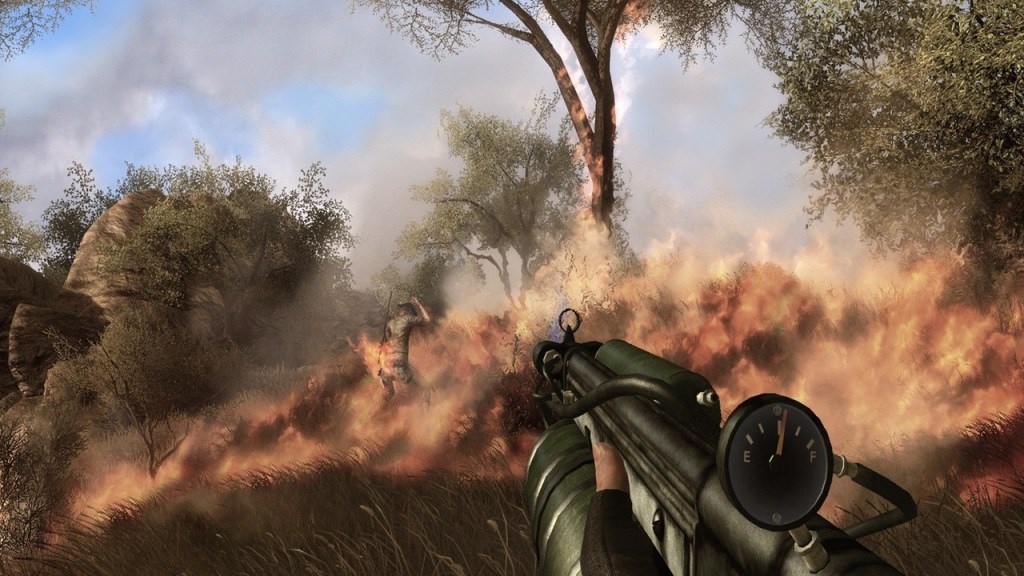
5. Far Cry 2
I suspect a lot of Far Cry fans would have been happy if Far Cry 2 had simply offered more of the intense, beautiful, yet fairly straightforward FPS gameplay that made the original game stand out. Instead, Far Cry 2 proved to be spiritually closer to a modern survival game than a first-person shooter of that era. It was a complex and morally ambiguous open-world title where the environment was as likely to kill you as an enemy bullet. Not everyone was on-board with Far Cry 2’s more “realistic” gameplay. To be honest, I completely understand why some found that tonal/design shift to be so jarring.
However, Far Cry 2 has only improved in the nearly 15 years since its release. The game’s survival elements and advanced environmental interaction options always stood out, but after over a decade of complacent FPS open-world games, everything that Far Cry 2 tried to do differently feels more impressive than ever. It’s doubtful that the Far Cry team will ever go back to this game’s still divisive style, but it truly is one of gaming’s most ambitious and impressive attempts at showcasing how much of a factor the “world” in an open-world game should be. – MB
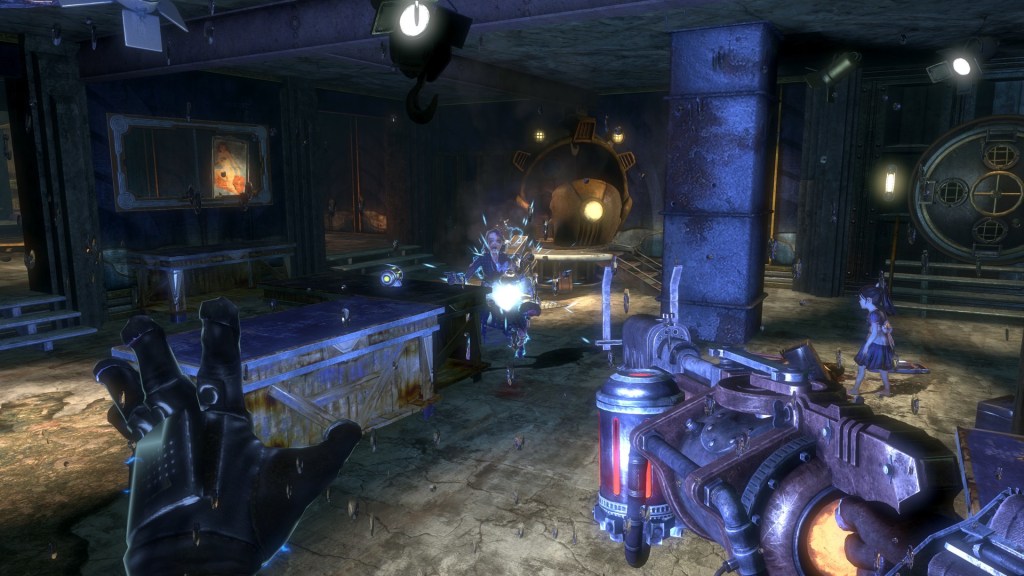
4. BioShock 2
Even before BioShock Infinite was officially revealed, there was this popular idea that BioShock 2 was a lesser sequel. Honestly, that reputation makes a lot of sense. While BioShock 2 may have been developed by many members of the BioShock team, it wasn’t directed by Ken Levine: the one person most commonly associate with BioShock’s creative success at that time. Many people smelled a cash-in.
BioShock 2 was so much more than that, though. By putting you in the metal boots of a Big Daddy, BioShock 2 allowed you to explore the world of Rapture from a completely different perspective. Indeed, there’s a strong argument to be made that BioShock 2 features the darkest, most emotionally nuanced, and most human story of any of the BioShock games. At the very least, BioShock 2’s multiplayer mode deserved more love than it received. – MB
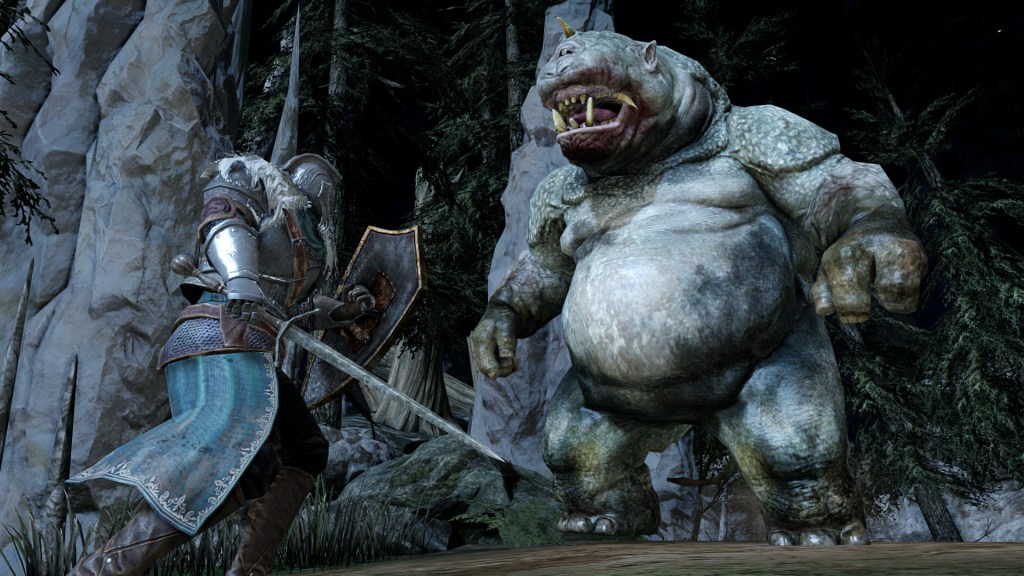
3. Dark Souls 2
The soulslike genre is full of worthwhile contenders (from Nioh to The Surge) but none have reached the lofty heights of Dark Souls. Credit where credit is due, Dark Souls is a fantastic game, but many fans of the game at that time put it on a pedestal that could be topped by anything, including Dark Souls‘ sequel.
Mechanically speaking, Dark Souls 2 is an improvement. Players can switch combat stances mid-combo and they don’t have to worry about single-digit framerate areas. The same can’t be said about Dark Souls. However, gamers have grasped onto and focused on Dark Souls 2‘s flaws. Nobody denies that the game’s level and boss designs are uninspired (way too many big dudes in armor), but there’s a strange tendency to focus on some of the negatives. The way Dark Souls 2 gains some ground in certain areas and loses some ground in others means that it’s essentially on par with one of the most beloved and influential games of all time. – AG
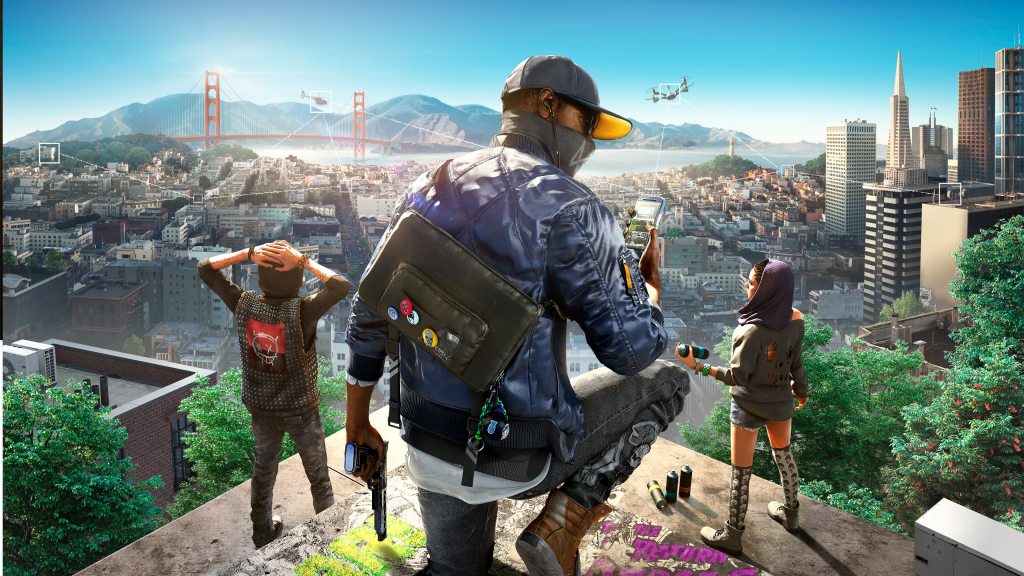
2. Watch Dogs 2
Ubisoft hyped Watch Dogs way too much. The game’s story, protagonist, and signature hacking mechanics didn’t measure up to Ubisoft’s promises, and the less said about the graphics downgrade and “iconic hat” controversies, the better. Ubisoft burned audiences on its new franchise before it even began.
Watch Dogs 2 wasn’t so much a sequel as it was an excuse to fix all the criticisms of Watch Dogs. The development team, led by Senior Producer Dominic Guay and Creative Director Jonathan Morin, poured over internet forums and reviews to figure out where the first game went wrong. Their work paid off, at least from a review standpoint, as critics praised Watch Dogs 2’s shift in tone, more charismatic hero, and improved driving mechanics. Ubisoft listened to criticism and delivered a superior sequel, yet despite the improvements, the game didn’t perform any better in the sales department. – AG
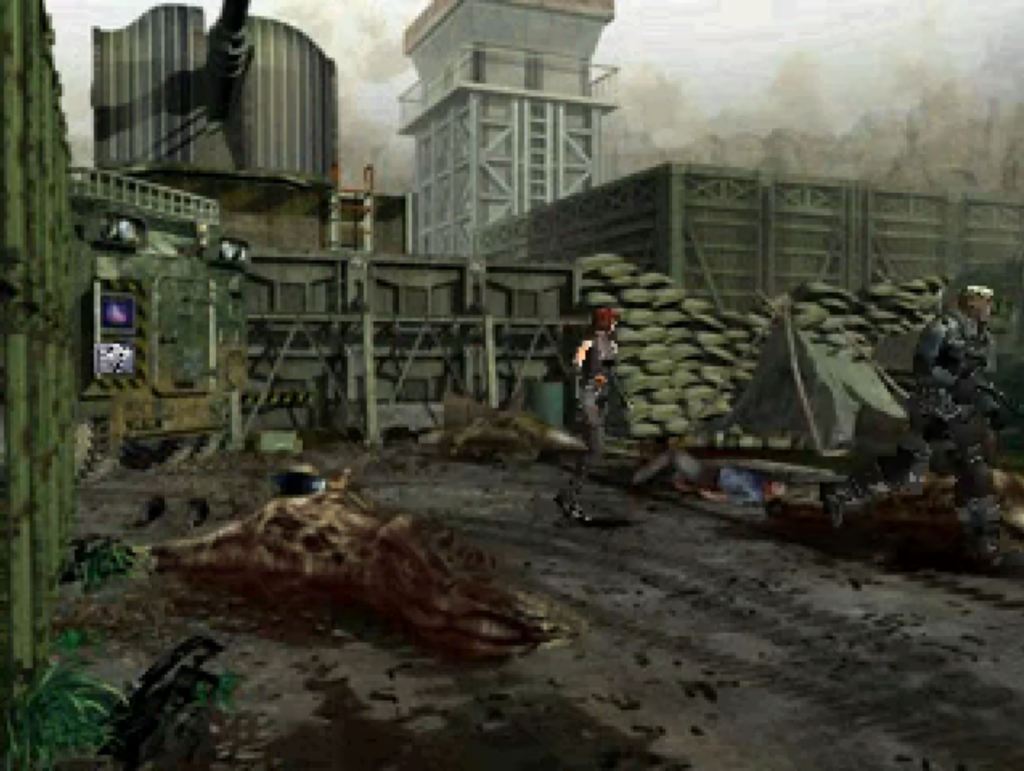
1. Dino Crisis 2
The original Dino Crisis is rightfully beloved for essentially offering a Resident Evil-inspired take on a kind of Jurassic Park horror game. However, it’s Dino Crisis 2 that shows what that franchise could have (and should have) been.
Dino Crisis 2 trades in some of the original game’s survival horror concepts for a more action-oriented (almost arcade-like) experience. Killing dinosaurs in rapid “combo” precession awards you with additional points that can be used to purchase new weapons and items or upgrade existing ones. It’s basically a combination of Devil May Cry and Dino Crisis, and it is at least as good as the picture you’re forming in your head when you hear that idea. It’s truly a shame that Dino Crisis 3 was as bad as it was, because Dino Crisis 2 should have been the template for an incredible new horror franchise that stood out from everything else out there. Instead, it’s one of gaming’s greatest “What if?” sequels. – MB
